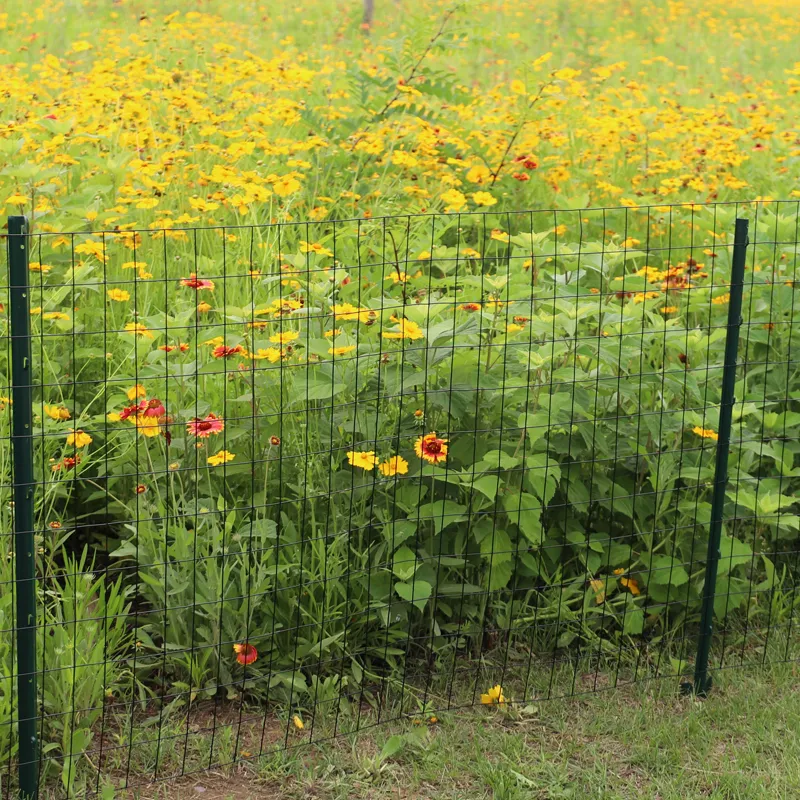Gabion Cage Retaining Wall A Sustainable Solution for Erosion Control
In the realm of civil engineering and landscaping, retaining walls play a pivotal role in preventing soil erosion, managing water runoff, and creating visually appealing outdoor spaces. One innovative and environmentally friendly approach to retaining walls is the use of gabion cages. These structures, composed of wire mesh baskets filled with stones or other materials, offer a robust, durable, and aesthetically pleasing solution for a variety of applications.
What are Gabion Cages?
Gabion cages are essentially wire mesh containers that are filled with natural stones, gravel, or recycled materials. The term gabion originates from the Italian word gabbione, which means big cage. These cages can be constructed in various shapes and sizes, enabling them to be tailored to fit the specific requirements of a project. The flexibility in design makes them suitable for different environments, from rural landscapes to urban settings.
Benefits of Gabion Cage Retaining Walls
1. Erosion Control One of the primary functions of a gabion retaining wall is to control erosion. The porous nature of the stones allows water to flow through, reducing the pressure on the wall and preventing soil displacement. This is particularly beneficial in areas prone to heavy rainfall or landslides.
2. Stability and Durability Gabion walls are highly stable due to their weight and the way they interlock with each other. When properly constructed, they can withstand lateral soil pressure, making them suitable for supporting steep embankments. Their durability is further enhanced by the use of corrosion-resistant wire mesh, ensuring a long lifespan even in harsh environmental conditions.
3. Environmental Friendliness Gabions are considered one of the more sustainable options for building retaining walls. They can be filled with locally sourced materials, reducing the carbon footprint associated with transportation. Moreover, the use of natural stones promotes biodiversity as plants and small organisms are often able to thrive within and around the gabion structure.
gabion cage retaining wall

4. Aesthetic Appeal Gabion walls can be designed to blend seamlessly into their surroundings. The various textures and colors of the stones provide a natural look that can enhance the beauty of a landscape. Additionally, they can be used creatively in garden designs, often serving both functional and decorative objectives.
5. Cost-Effectiveness In comparison to traditional retaining walls made from concrete or masonry, gabion walls can be more cost-effective. The materials required are typically less expensive, and the installation process can be quicker and simpler, especially when using local stone.
Applications of Gabion Cage Retaining Walls
Gabion cage retaining walls are versatile and can be employed in numerous applications. They are commonly used in
- Road Construction Stabilizing slopes adjacent to roads to prevent washouts and landslides. - Riverbank Protection Protecting banks from erosion due to flowing water or waves. - Landscaping Projects Creating terraces or visually appealing garden features. - Civic Infrastructure Supporting pedestrian walkways, parks, and recreational areas.
Conclusion
Gabion cage retaining walls present an effective, sustainable, and visually appealing solution for managing soil erosion and enhancing landscape functionality. Their ability to integrate with the natural environment while providing structural support makes them an excellent choice for both civil engineers and landscape designers. As our awareness of sustainable practices grows, the popularity of gabion walls is likely to increase, proving that functionality and aesthetics can coexist harmoniously in the realm of construction and design. Whether utilized in large-scale engineering projects or as elegant additions to gardens, gabion cages exemplify the potential of natural materials in modern building techniques.
















